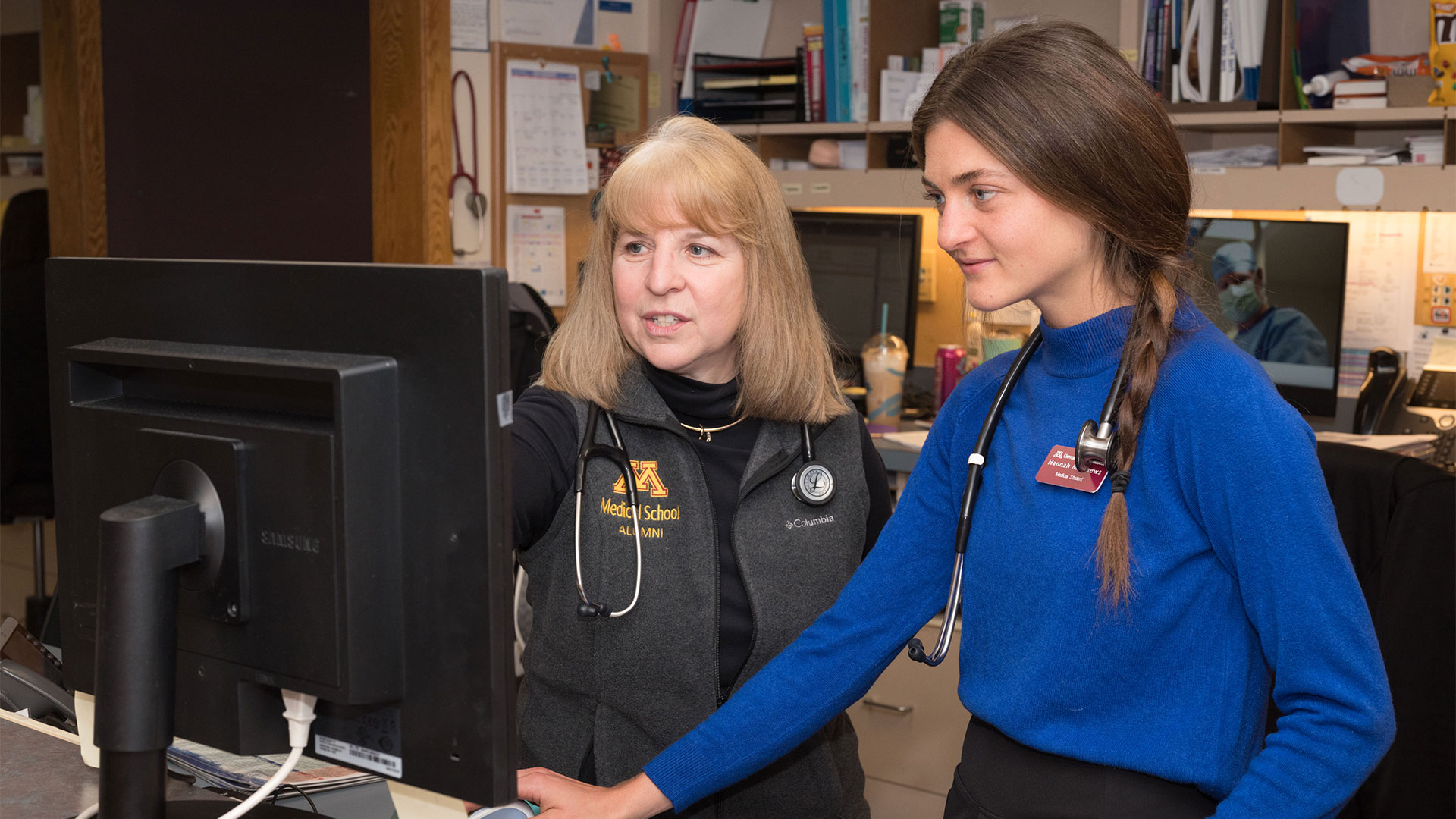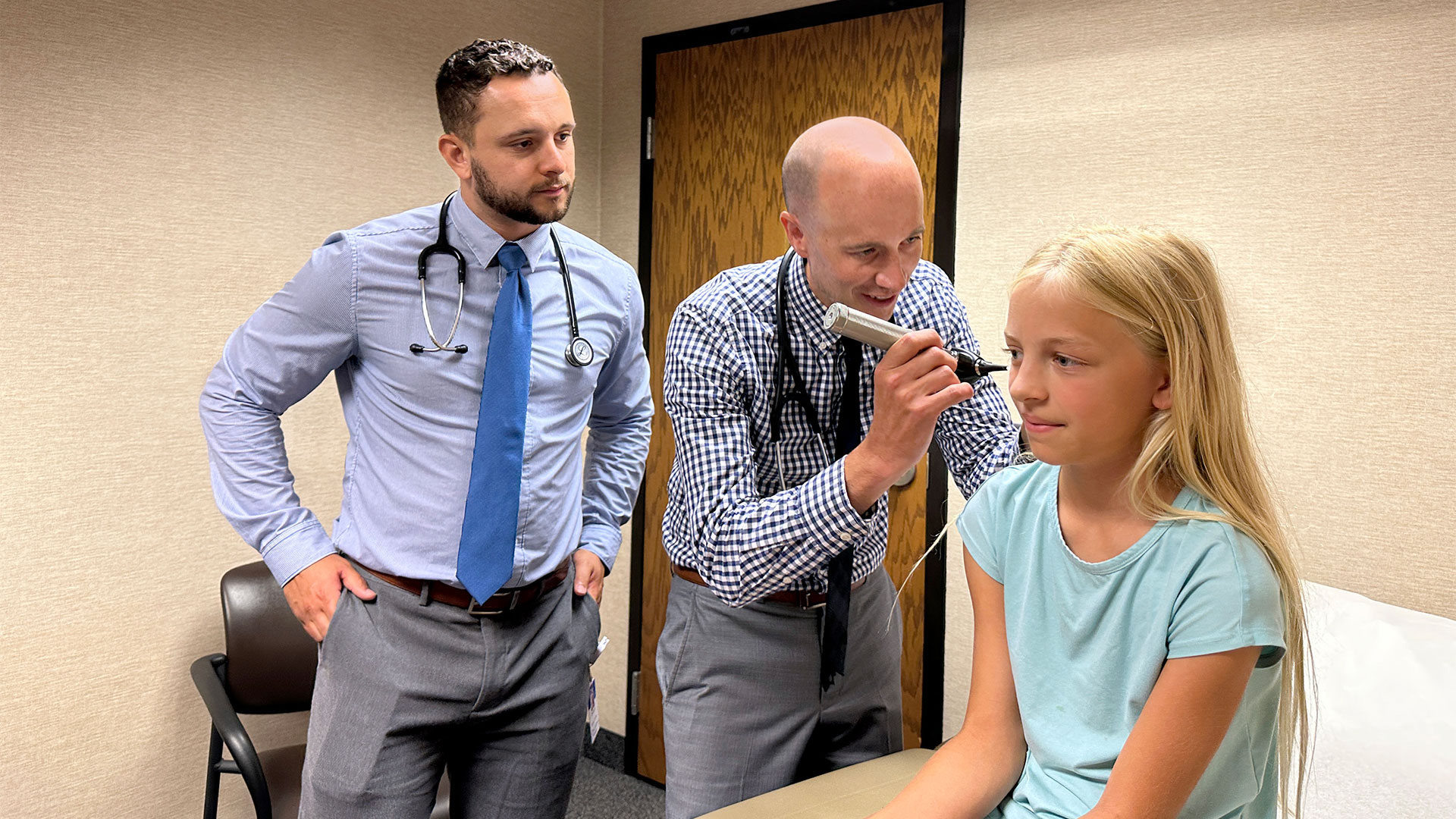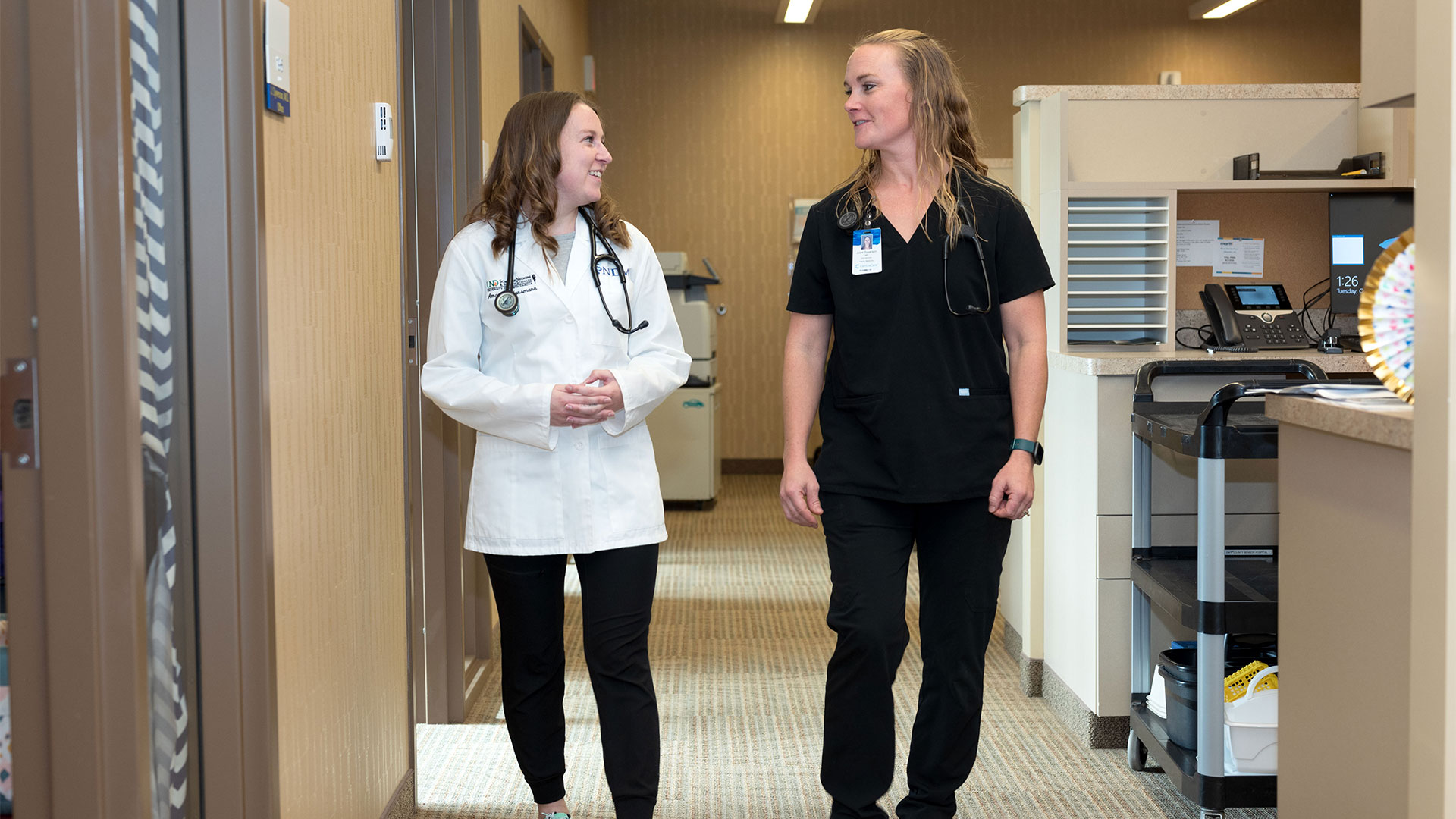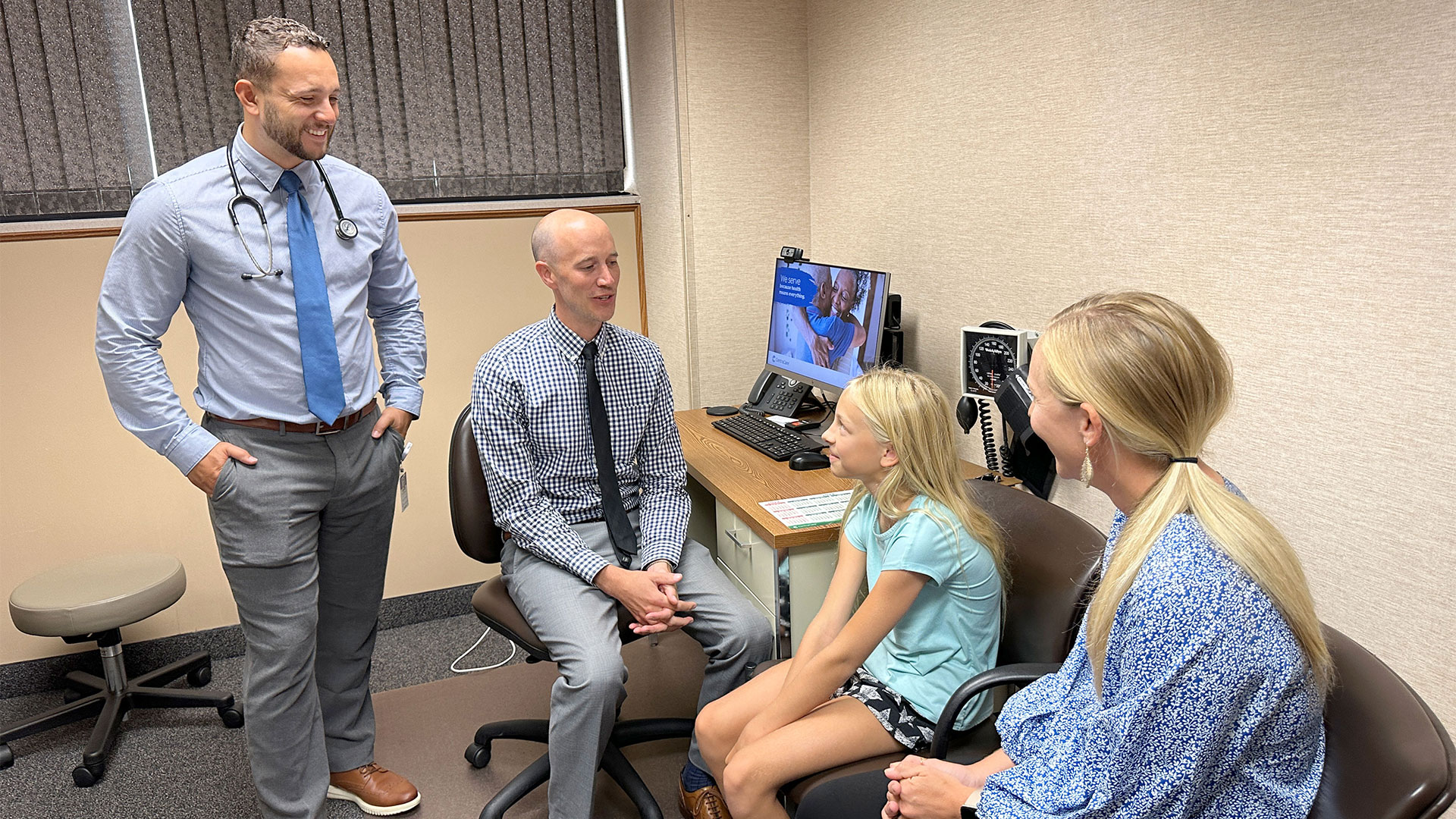Why is There a Medical Student in My Exam Room?
Having students in your local clinic isn't a new trend. Hands-on experience in a clinical setting has been a purposeful part of many students learning journeys for decades. The collaboration between students and local healthcare professionals not only benefits the students but also contributes to the health and well-being of our community.
While classroom learning is an essential element to a medical student, the real-world application of medical knowledge is irreplaceable. By interacting with patients under the guidance of experienced physicians and advanced practice professionals, students gain valuable insights into the complexities and nuances of patient care.

Local clinicians serve as mentors, sharing their knowledge and experience with the next generation of healthcare providers. This mentorship not only fosters a sense of community within the medical field but also ensures that the knowledge and skills passed down are grounded in the realities of local healthcare needs, which can be unique to a community or population.
Patients, too, play a crucial role in the collaborative learning environment. Having a medical student present during an examination can enhance the overall quality of care. Students are trained to approach healthcare with fresh perspectives, asking questions and considering alternative solutions. Patients may also find that having a student present allows for deeper discussion and the opportunity to have medical information explained in a comprehensive manner.

Engaging with medical students promotes a culture of continuous patient education. As they work alongside your healthcare provider, medical students have the opportunity to explain medical conditions, treatment options, and preventive measures in accessible language. This collaborative approach empowers patients to actively participate in their healthcare decisions, fostering a sense of shared responsibility for well-being.
The integration of students into our local clinics and hospitals not only enriches their education, but also strengthens the connection between medical professionals and the communities we serve. Together we are investing in the future doctors, nurse practitioners, physician assistants, and allied health professionals that will care for us and our families in the years to come.

So, the next time you see a friendly medical student in your exam room, know that their presence is about learning, growing, and making your healthcare the best it can be. It's a win-win that is building for a healthier future in our community, one student at a time.
